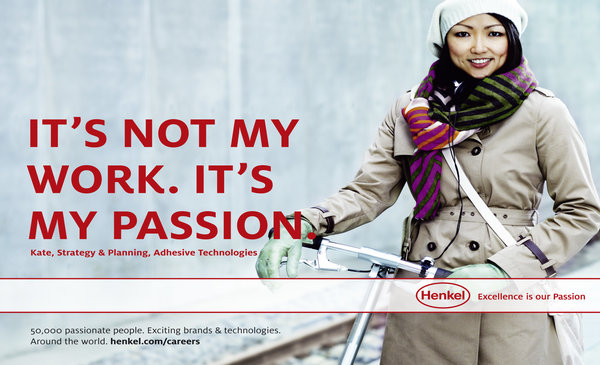Change programs are so often about actions. So much so in fact that the dialogue that surrounds and informs those changes can be dismissed as “just talk”.
Time and time again, in working on transformation projects, I have faced an uphill battle in trying to persuade decision makers to give their proposed changes the air-time that staff need to talk over and through what’s happening.
But such talk is vital. Actions really do speak louder with words – and they do so because they allow people to come together and to work through what is happening. Change presented on a slide deck is change imposed. Change discussed in forums over time, and with a built-up understanding of its implications and opportunities, is change absorbed and applied.
Further than that though, language has a huge role to play in the bedding in of new ways of doing things. Language actually defines a culture because it is literally how people connect – changing it significantly shifts the parameters of, and the context for, what is defined, accepted and encouraged.
Here are five interconnected ways you can change your language to better complement the actions you intend taking.
1. Change The Category – when you change the perception of who you are as a company and who you’re how competing against and for what, you can also change how you compete. You can literally invigorate the current culture with the characteristics of a new category – particularly if that category is perceived as more desirable, faster, smarter and more contemporary.
2. Change The Purpose – when you change where you compete and with whom you compete, you have the opportunity to redefine what you compete for.
3. Change The Story – when you change your purpose, you have the opportunity to change the story that you tell yourselves about what you are doing and what constitutes success. You quite literally reframe the parameters. You also need to reset the notions of what you talk about and reinforce before you redefine the operating rules. That way, changing the actions becomes proof of your new history and the way things will be going forward. Telling your stories in new ways redefines your traditions as a culture.
4. Change The Values – when you change the story, you have the right setting to redefine your priorities as people interacting with each other and with customers.
5. Change The Permissions – refreshed brand values provide the best backdrop for resetting what constitutes success and therefore how people feel empowered to behave. When you highlight humanity over greed for example or teamwork over individual brilliance or balance over dedication, you not only change how people can behave, you also change what they feel they can celebrate and emulate.
Just as every culture was generated and sustained by what people chose to highlight and reinforce, shifts will come when people get the chance to reset the boundaries through conversation. Words are much more than the means to that end. They are the most powerful and vibrant signals because they actually define how actions continue to be talked about. Without that, you have a dumb organization – one muted into doing, guessing and, inevitably, politicking.
The Blake Project Can Help: Please email us for more about our brand culture expertise.
Branding Strategy Insider is a service of The Blake Project: A strategic brand consultancy specializing in Brand Research, Brand Strategy, Brand Licensing and Brand Education




